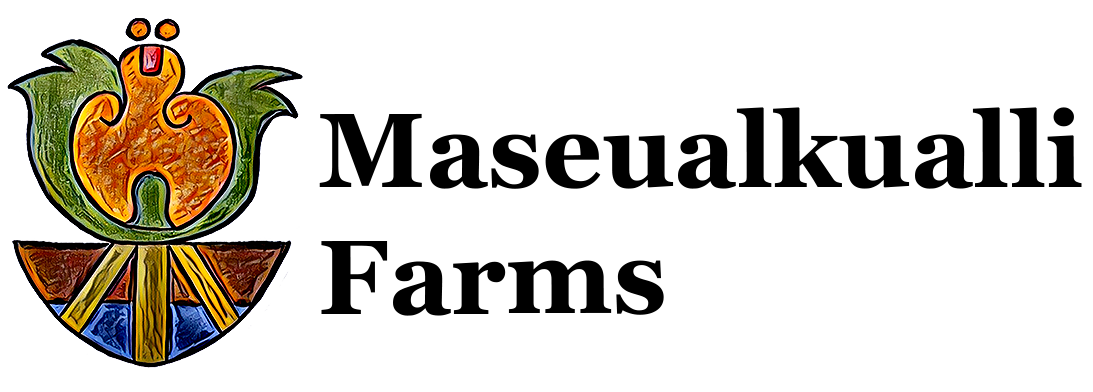
Teaching Towards a Sustainable Future Workshop and Keynote Speech
Saturday, July 20, 2019
Session 1
A Panel on Global Perspectives on Sustainability
Presentations on global environmental issues and solutions from the following experts:
Dianne Daugherty, Education Program Coordinator for the Kansas Consortium for Teaching about Asia, Japanese Teacher in the Olathe Public School District
Luis Felipe Gómez Lomelí, PhD student in the Department of Spanish and Portuguese at the University of Kansas
Ruth Heuertz Remmers, Fulbright Research Fellow
Keynote
“Let Our Powers Combine!: Teaching Toward a Sustainable Future”
In this keynote speech, I discussed how to respond to student food insecurity; source free or reduced-cost materials from your community for projects and curricular units; recycle waste at your school; and teach about Indigenous practices that are vital to our future.
The day-long workshop included guiding small group discussions on issues and solutions for teaching toward a sustainable future. We began to develop plans of action to recognize the diversity of our classrooms, source materials for projects, and inspire the next generation to make a difference.
Session 2
Repurposed Resources
In this additional session, I discussed garden curriculum in more detail. I outlined my role as Edible Garden Manager/Educator at Peralta Elementry in North, Oakland, California. We talked about the California Native Living Plant Map and the incorporation of Indigenous studies in the classroom. We also discussed different building materials and possible toxicity ratings for resused materials. We also specifically went through the various plastic grading numbers and their implications regarding growing food.
Plastics Quick Guide:
PETE 1: Likely ok, but sun and heat exposure can still cause chemical leaching. Examples: soda bottles and peanut butter jars.
HDPE 2: An excellent choice for the garden; not known to transmit chemicals to soil or food. Examples: most milk jugs and detergent bottles.
PVC 3: Definitely not ok. We are exposed to this very leachy material enough as it is, so we shouldn’t use it in the garden. Examples: plastic pipes, salad dressing bottles, and liquid detergent bottles. Note: Not all PVC 3 plastics use the leaching agent phthalates, so some are safer than others.
LDPE 4: An excellent choice for the garden; not known to transmit chemicals to soil or food. Examples: food storage containers, produce bags, trash can liners.
PP 5: Relatively safe; a few lab studies have observed minor leaching. Examples: Food containers and plastic bottle caps.
PS 6: Relatively fine safety-wise but the structure doesn’t support weight or water well. Examples: packing peanuts, styrofoam cups, plastic forks, and some to-go containers.
(Catch-All) 7: Generally made of Polycarbonate or Polylactide. Polycarbonate is one of the most harmful plastics people have ever created. Any plastic not included in the previous six specific types of plastic. Some contain BPA so just avoid use altogether.


